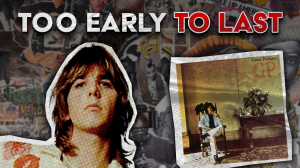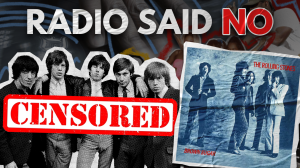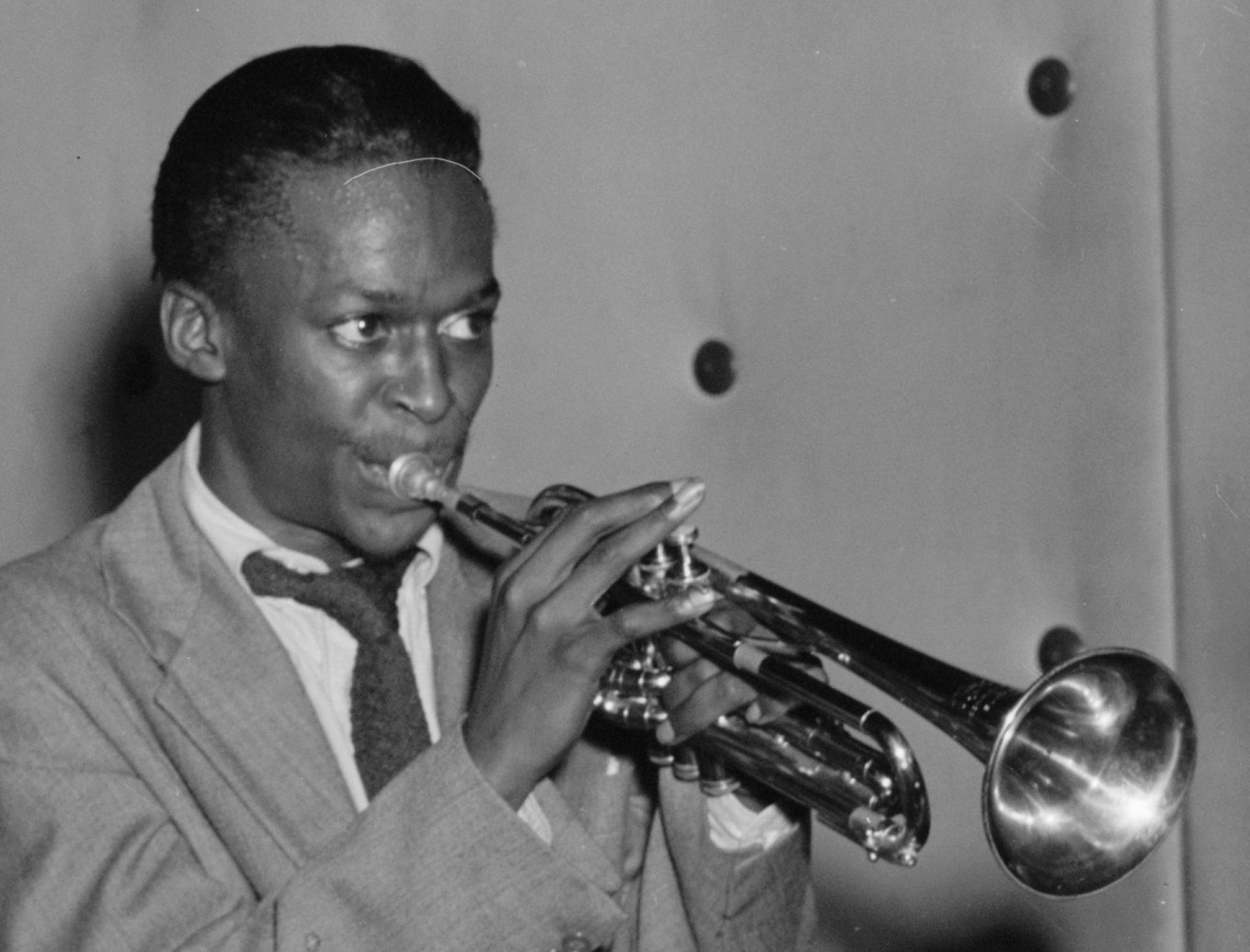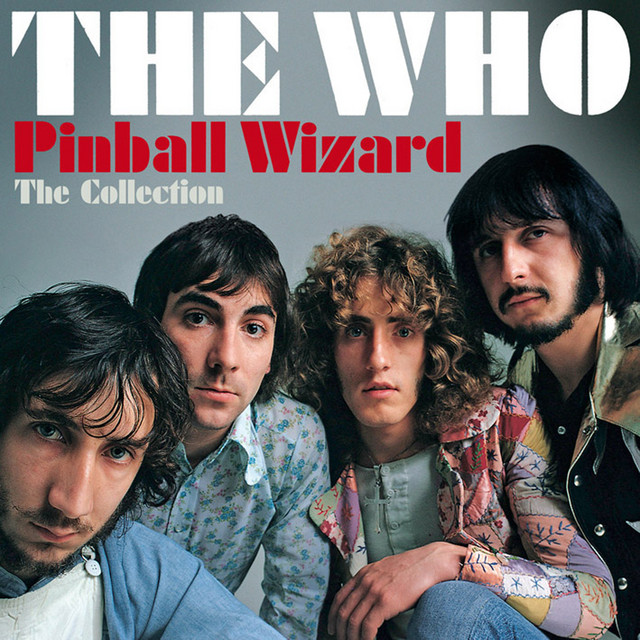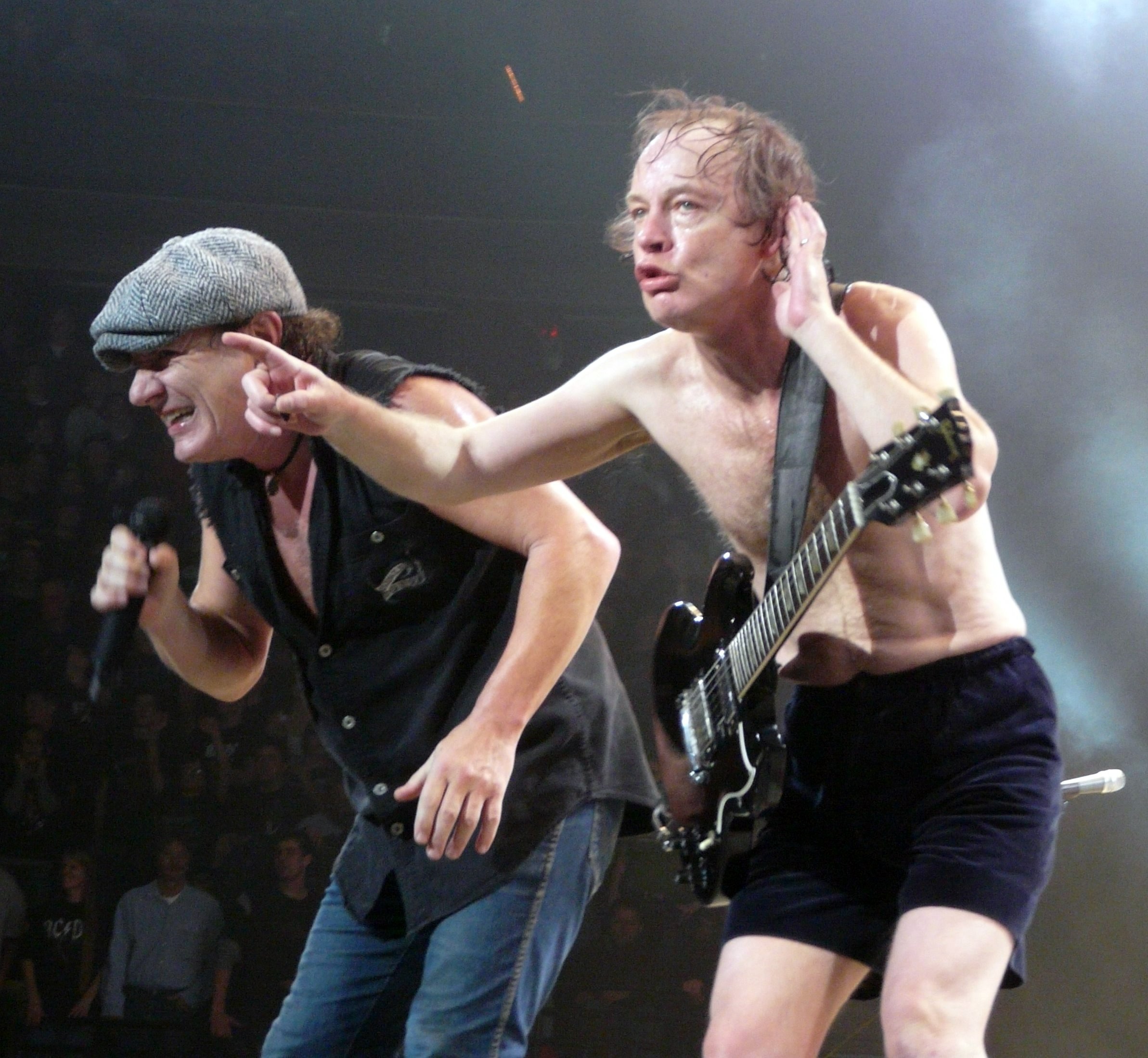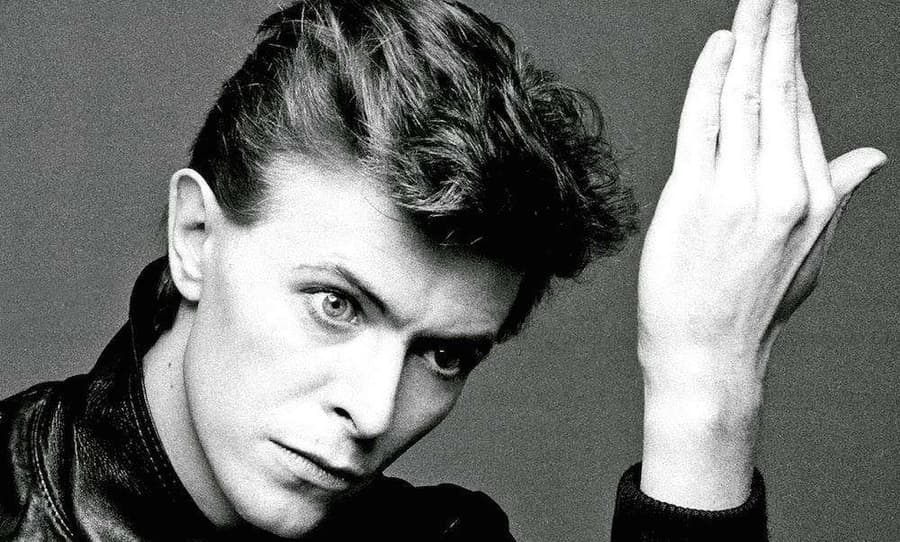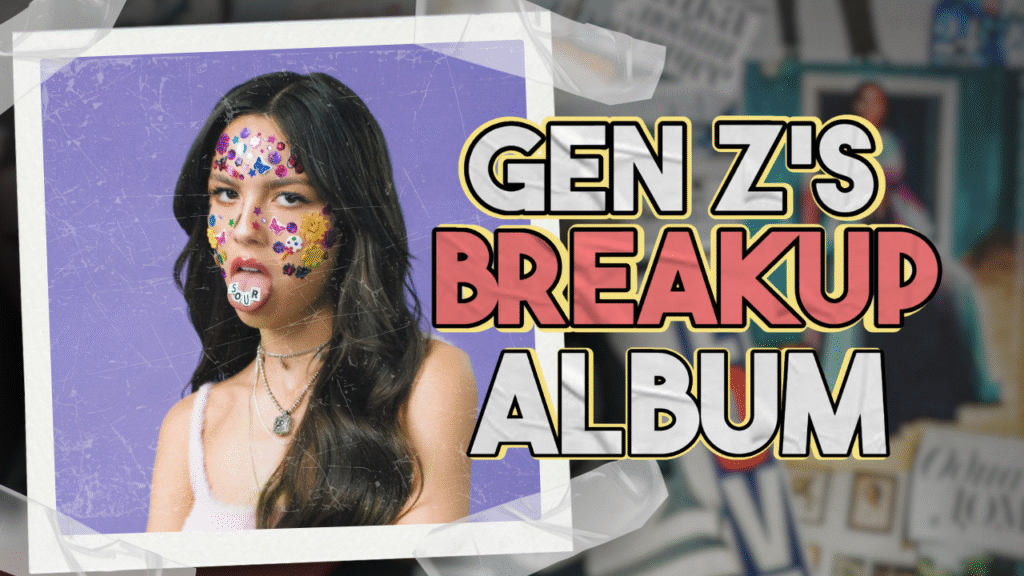
Some albums do more than top charts — they define moments in time. These are the records that hit when the world was ready for something new, and the sound stuck. Thriller fused pop with funk and spectacle in a way no one had seen. When We All Fall Asleep, Where Do We Go? turned a teenage bedroom into a global stage. Every album here shaped its era and still hits just as hard today.
8. 21 by Adele
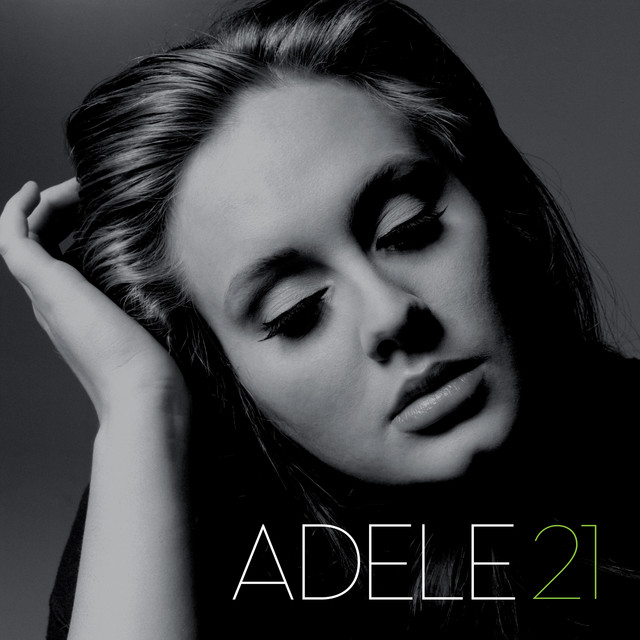
Adele’s 21 showed us exactly what raw talent could get you: diamond certification and over 31 million worldwide sales. After a decade of declining ballad popularity, 21 single-handedly reversed trends, sending executives scrambling for artists who could convey authentic emotion.
Six Grammy Awards, including Album of the Year, weren’t just trophies; they were formal acknowledgment that emotional authenticity still mattered. Adele’s success created a market correction, reminding the industry that while production trends come and go, the human voice expressing genuine feeling never goes out of style.
7. Confessions by Usher
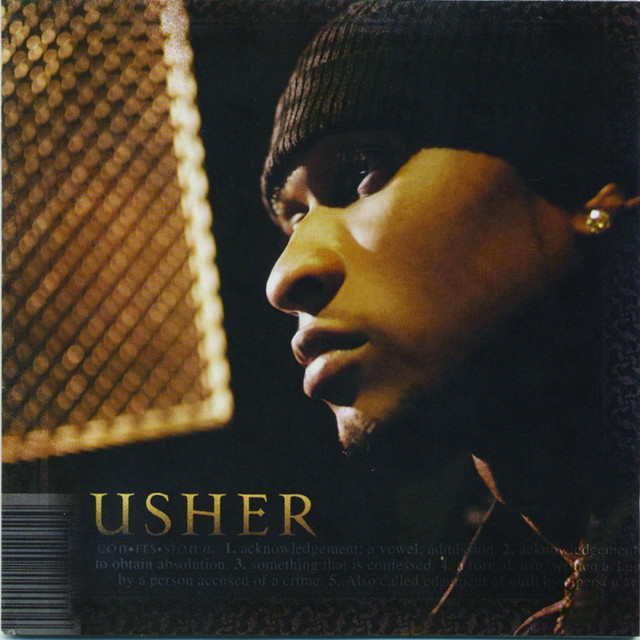
Confessions arrived like R&B’s answer to prestige television—complete with plot twists, personal revelations, and production values that made everything else sound underdeveloped. Those 1.1 million first-week sales represented more than impressive numbers; they marked the moment R&B reclaimed its commercial throne.
Southern-tinged crunk influences merged with impossibly smooth vocals and pop sensibilities, creating a blueprint artists still follow twenty years later. By becoming the first solo artist to score four number-one singles from a single album, Usher engineered a movement that dominated Billboard for nine weeks straight. The album’s genius lies in its accessibility without compromise, predicting exactly what listeners needed before streaming algorithms existed to tell them.
6. The Emancipation of Mimi by Mariah Carey
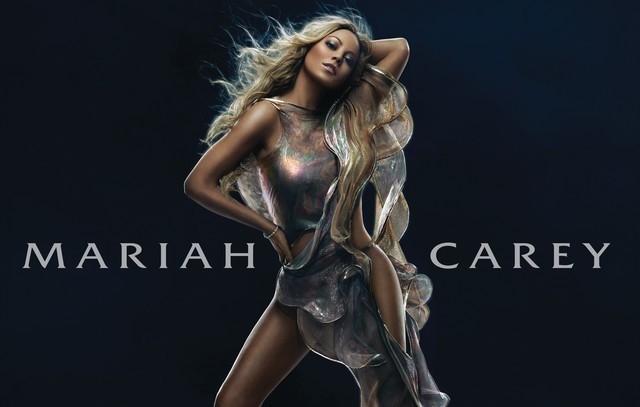
Contrary to what critics once believed, Mariah Carey orchestrated one of the greatest comebacks ever. Before The Emancipation of Mimi, some considered her career declining. After its release, she reclaimed her title as a pop icon. Mariah Carey’s comeback was no accident either – it was a masterclass in timing that arrived like a perfectly calibrated reminder of why we fell in love with her voice initially.
Debuting at number one with 404,000 copies sold proved impressive enough. But “We Belong Together” topped charts for 14 consecutive weeks and earned Billboard’s song of the decade honor, cementing Carey’s legacy beyond 90s nostalgia. Critics who had written her obituary found themselves eating words as she collected three Grammy Awards. The album became 2005’s bestselling American release, proving that experience and resilience sometimes create the most compelling narratives in an industry obsessed with youth.
5. Thriller by Michael Jackson
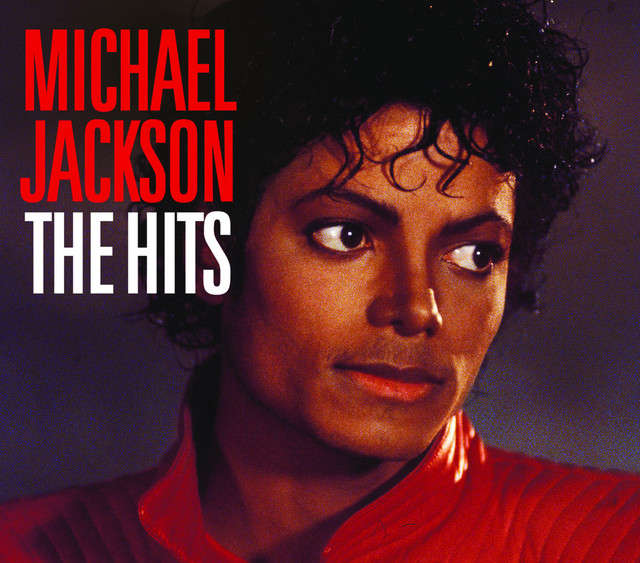
Thriller demolished every ceiling popular music had ever known. Released when MTV barely acknowledged Black artists existed, Jackson’s masterpiece forced the industry to confront its limitations while delivering sonic perfection that modern engineers still reference as the gold standard.
Quincy Jones crafted a soundscape where rock guitars, disco beats, and horror movie narratives somehow made perfect sense together. Those 37 weeks atop Billboard were revolutionary, especially with seven singles climbing into the top 10. Jackson’s “Billie Jean” performance opened MTV’s doors, while the title track’s 14-minute video transformed music visuals from promotional afterthoughts into cinematic events. Over 70 million copies sold worldwide proved that transcendent music could unite listeners across every demographic divide imaginable.
4. Teenage Dream by Katy Perry
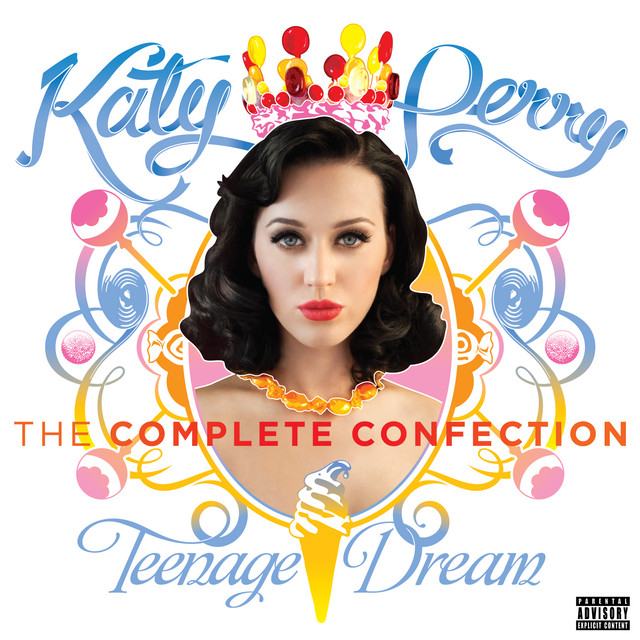
Teenage Dream was a technicolor explosion that defined early 2010s pop aesthetics. When Perry matched Michael Jackson’s record by scoring five number-one singles from a single album, she wasn’t just making chart history; she was creating the soundtrack for an era that valued brightness during economic uncertainty.
Diamond certification reflected cultural saturation, as candy-colored visuals influenced everything from fashion to makeup trends. Few releases have so perfectly distilled their moment—capturing both escapist fantasy and underlying optimism that defined the era. Perry’s achievement created a fully realized world that listeners could step into, becoming a lifestyle as much as a listening experience before social media aesthetics made that concept standard practice.
3. When We All Fall Asleep, Where Do We Go by Billie Eilish

Pop music faced stagnation before Billie Eilish disrupted the status quo. The challenge was reinventing the genre for a new generation. Her response was When We All Fall Asleep, Where Do We Go, released in March 2019. As the first chart-topping artist born in the 2000s, her Billboard 200 achievement was Gen Z’s formal announcement that they’d entered the conversation with their own musical language.
Twelve billion cumulative Spotify streams represented more than platform dominance—they signaled a complete transformation of how music reaches audiences. Her unprecedented Grammy sweep of the Big Four categories was the industry’s stunned acknowledgment that the rulebook had been completely rewritten. Produced primarily in her brother’s bedroom, the album demolished myths about requiring big-budget studios for commercial success. Whispered vocals, nightmare imagery, and bass-heavy minimalism created an anti-pop template that artists are still learning to speak.
2. Sour by Olivia Rodrigo
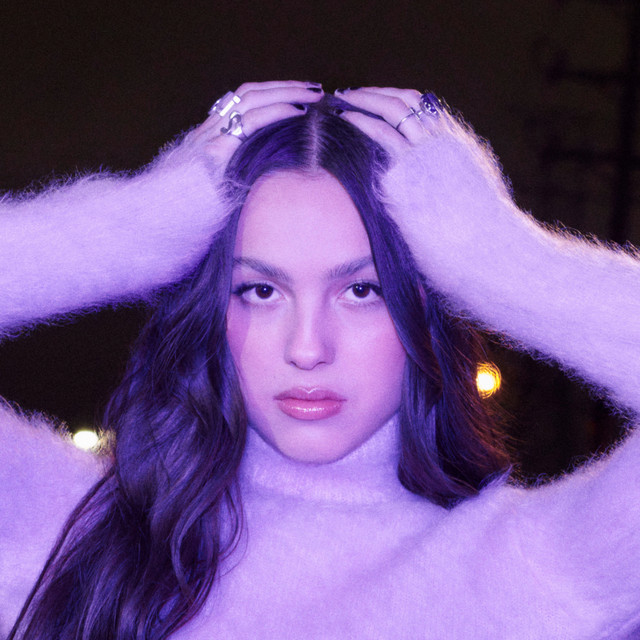
When Sour arrived in May 2021, it felt like eavesdropping on the world’s most eloquent diary. Olivia Rodrigo’s debut captured pandemic-era isolation and heartbreak with such precision that it became the year’s most streamed album globally on Spotify, despite being released halfway through.
Becoming the first female artist with 11 songs from a debut album simultaneously charting on the Billboard Hot 100 confirmed that her perspective resonated across demographics. The album’s revival of diary-style pop infused with punk sensibilities created perfect vehicles for processing collective trauma. Sour connected so deeply because it arrived exactly when listeners needed permission to feel messy, complicated emotions, providing emotional vocabulary for a generation navigating unprecedented uncertainty.
1. 1989 by Taylor Swift
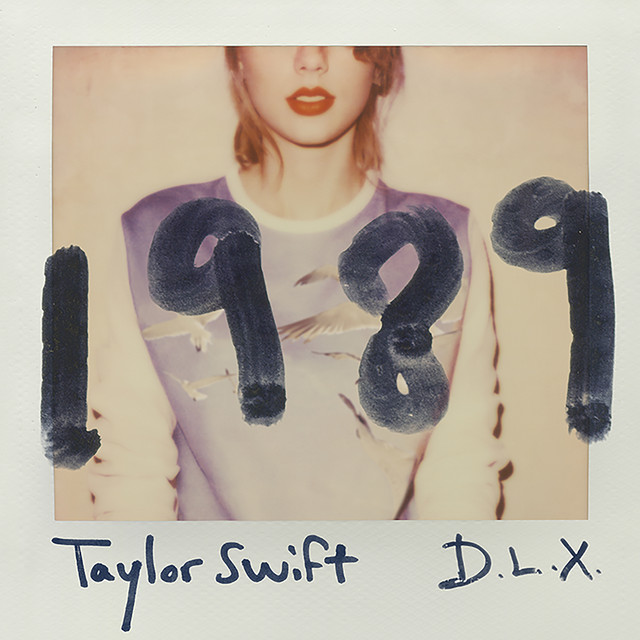
When Taylor Swift announced her pivot from country to pop, skeptics predicted career suicide. Instead, 1989 became the chess move that transformed her from genre star to cultural institution. Those 1.2 million first-week sales weren’t just impressive—they were a referendum on Swift’s artistic vision that she won decisively.
Synth-pop soundscapes created distinct sonic identity that influenced countless artists who followed. Two number-one singles and five top-10 hits proved Swift could conquer new territory while bringing narrative songwriting to pop’s center stage. Her Album of the Year Grammy confirmed that she’d successfully redefined pop’s landscape by proving substantive storytelling could coexist with commercial appeal.




